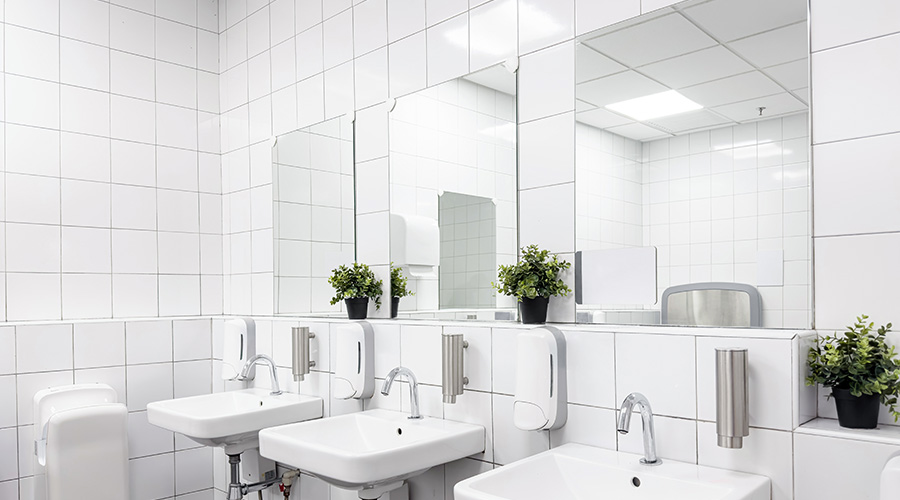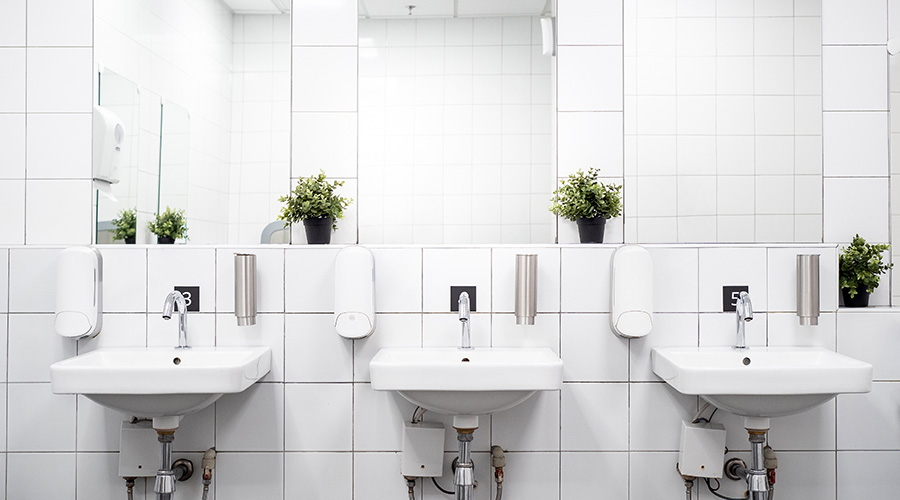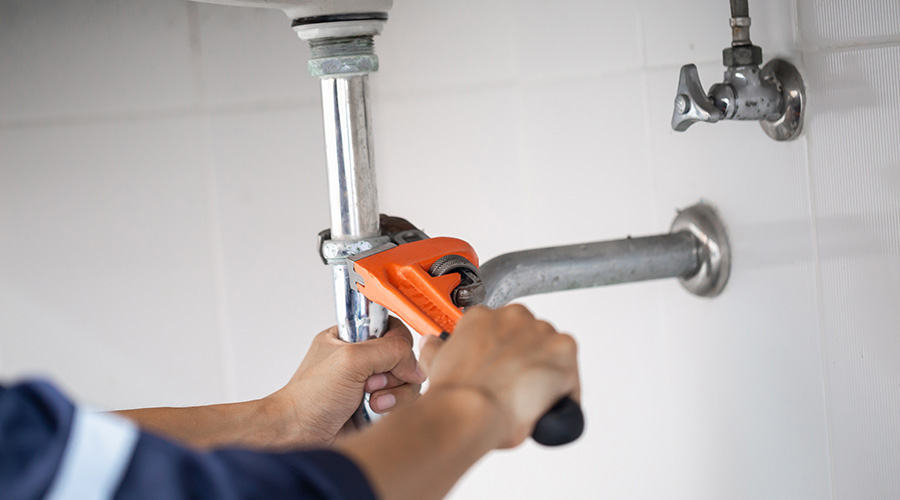Drain Cleaning: Hospital Setting Presents Unique Challenges
A clogged drain in a plumbing system might be an annoyance in a K-12 school. In a commercial office building, the problem might not even reach that level of importance.
But in a hospital, a clogged drain is nearly an all-hands-on-deck situation for maintenance and engineering departments.
"Actually, for us, a plumbing back-up is urgent because it can create a situation that can put patients' health at risk," says Lonnie Rinehart, plant operations and maintenance manager with Texas Children's Hospital in Houston. "Any small back-up is an urgent problem."
Considering that level of importance, it is not surprising the department — and other departments in health care settings — puts a great deal of emphasis on ensuring tradespeople and technicians have the drain-cleaning equipment they need for any problem that might occur so they can prevent a small clog in a drain from becoming a full-blown crisis.
The challenge for Rinehart and his team is to build an arsenal of drain-cleaning equipment that is flexible, reliable and powerful enough to help tradespeople meet the demands of an expanding institution.
Growing Challenges
The hospital's campus, which features 12 buildings and a new facility opening later this year, presents Rinehart and his staff with a host of challenges, and expansion is high on that list. The 55-year-old hospital is in the midst of a $1.5 billion expansion that includes two new facilities, one building addition, and the construction of a remote campus the organization will build in three phases.
The newest facility will open later this year and add 1.35 million square feet, bringing the total for the 13-building campus to more than 5 million square feet.
Complicating the drain-cleaning challenges for the 64-person department — which will expand by 16 people when the new building opens — is the sheer volume of plumbing fixtures, pipes, and other components that could clog or otherwise malfunction.
"The plumbing system in a high-rise building is a different animal than (a system) in a one-or two-story building, and hospitals have far more sanitary-sewer lines than high-rise buildings," says Gregory Stading, the hospital's assistant director of facility systems engineering, emphasizing the volume and density of sinks, toilets, showers, and drains throughout every floor of a hospital. "Office buildings just don't have that."
The department deploys a team of six tradespeople — with one more coming when the new facility is online — to maintain the hospital's plumbing systems, including keeping drains clear.
"Everyone does drain cleaning, particularly if we have a stoppage or a back-up," Stading says. "We might throw more people at it in that case."
While much of the department's drain-cleaning activities are reactive, Stading says workers also devote time to using the drain-cleaning units equipped with cameras to perform preventive maintenance on pipes that have had problems with leaks or clogs in the past in an effort to head off bigger plumbing problems down the road.
The department also must be able to handle issues that occur in only specialized facilities. For example, two of the organization's research buildings include laboratories, where researchers use highly-caustic chemicals that are too strong to dispose of through traditional cast-iron pipes.
To allow safe disposal of these materials, the laboratories' plumbing systems feature glass piping. Their presence creates both a challenge and a benefit for tradespeople trying to keep drains and pipes clear.
On the downside, Rinehart says, "You can't put a snake in there to unclog the pipe" without risking bigger problems if it breaks.
On the upside, Stading says, tradespeople can use much stronger chemicals to clear glass pipes than they can use with cast-iron pipes.
Related Topics:












